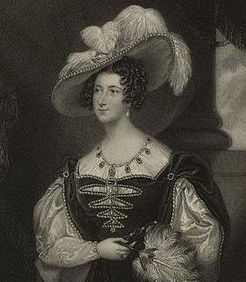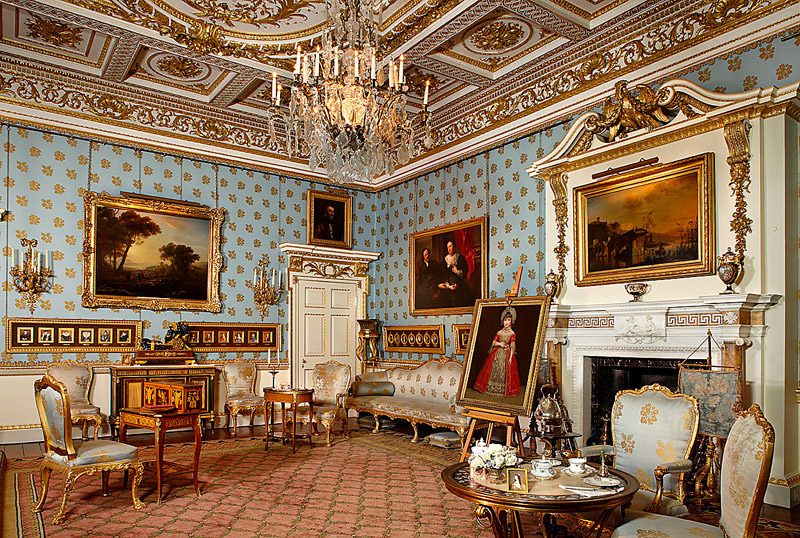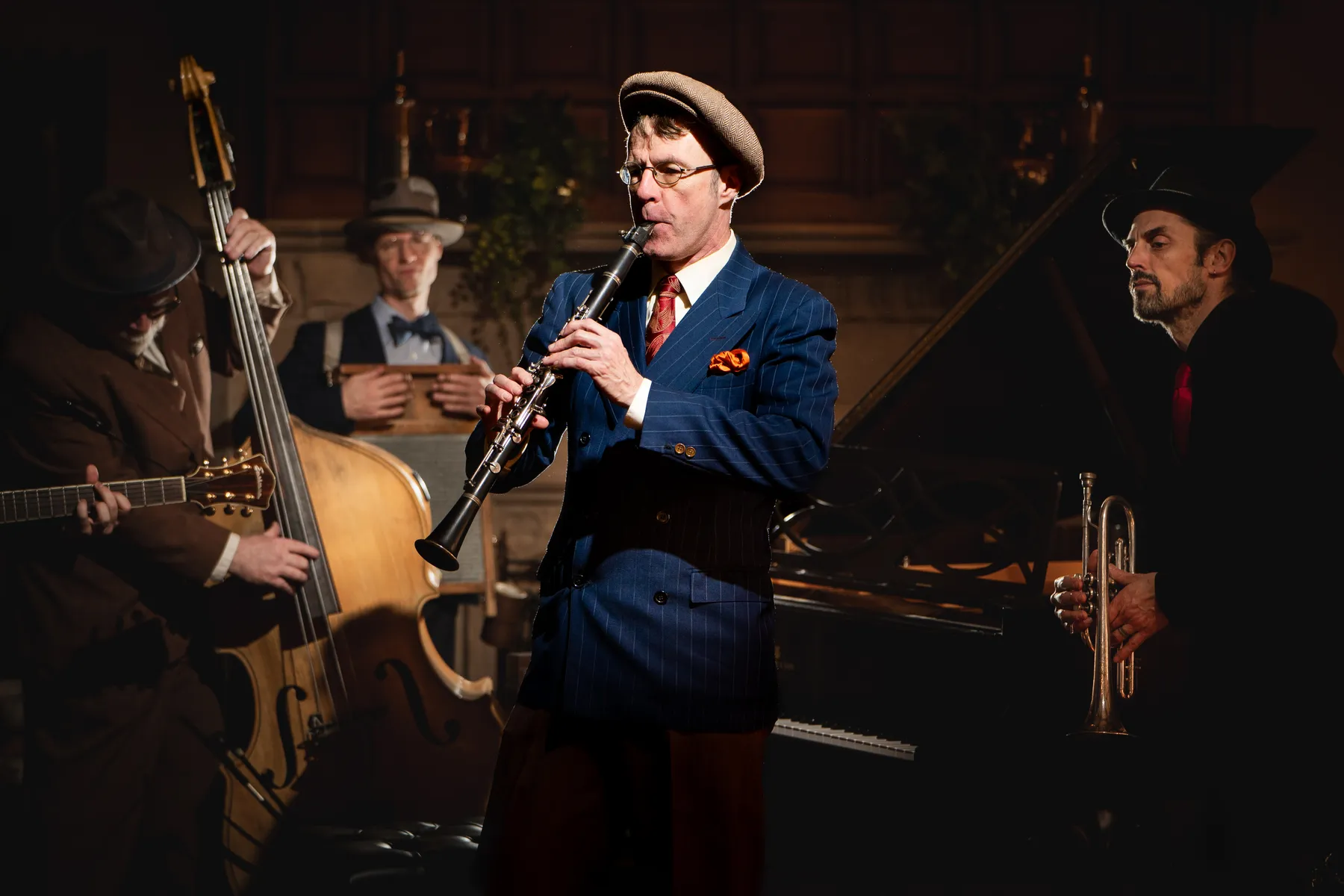The Origins of Victorian Tea
Afternoon tea became a cherished British tradition during the Victorian era, thanks to the influence of Anna Maria Russell, the Duchess of Bedford. At the time, urbanization and the Industrial Revolution created longer work hours and consequently, later dinner times. As dinner times shifted later into the evening, the Duchess of Bedford began enjoying a light meal of tea, bread, and cake in the late afternoon to stave off hunger between lunch and dinner. This habit quickly caught on among the upper classes, evolving into a fashionable social event. It provided a structured, yet relaxed setting for people—especially women—to gather, converse, and enjoy delicacies like finger sandwiches, scones, and pastries.
The broader history of tea in Britain reveals its transformation from a luxury item to a staple of daily life. Introduced in the 17th century, tea was initially expensive and exclusive, but over time it became more accessible to the public. There are mentions of afternoon tea served at spas in the 18th century. By the 19th century, tea had replaced stronger drinks like gin as a preferred beverage, symbolizing refinement, and domestic comfort. Afternoon tea became a symbol of elegance and civility, reflecting the values and social dynamics of Victorian society.
Natalie Barbagallo, Grundy Museum Docent
Source: https://www.britishmuseum.org/blog/tea-rific-history-victorian-afternoon-tea

Anna Russell, Duchess of Bedford

The Grundy Museum cordially invites you to our Annual Tea on Saturday, June 14, 2025.
Order your tickets today!
All funds raised from the Annual Tea benefit free Museum educational programs. Tickets are non-refundable.
To pay by check, please contact Associate Museum Director Robin Butrey at butrey@grundymuseum.org.




